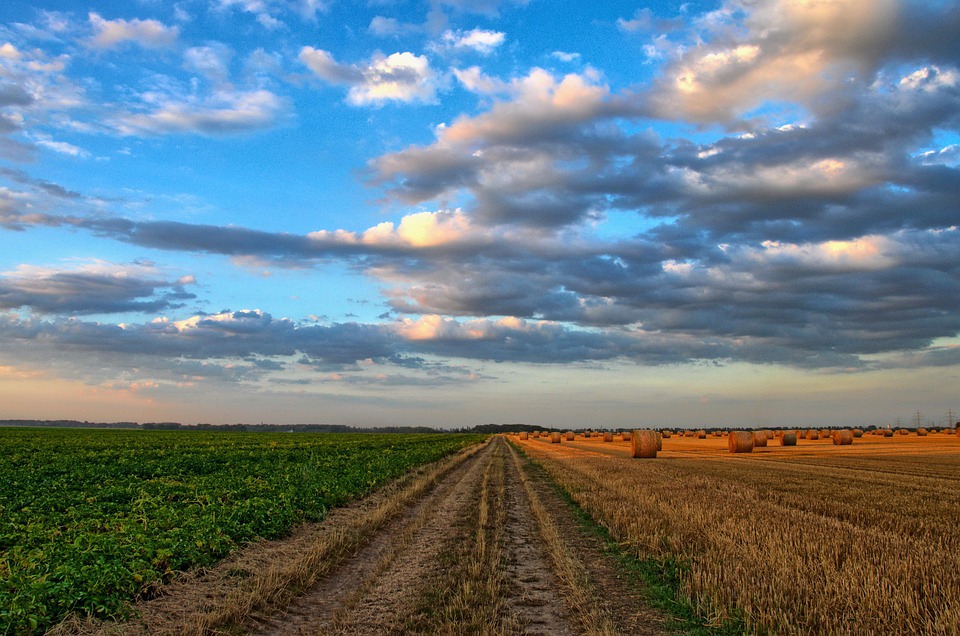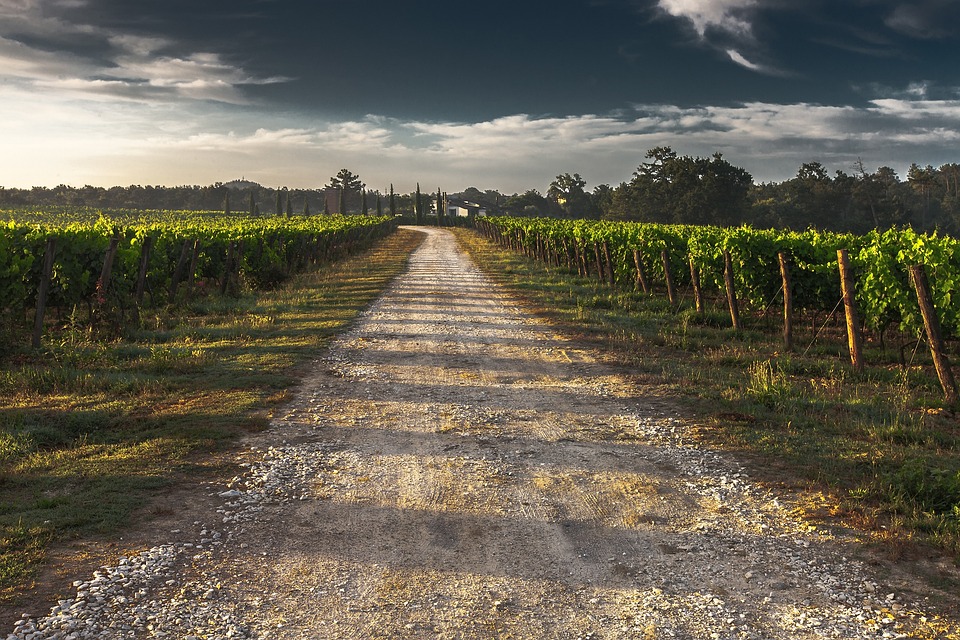**Exploring the World Consciously: 10 Inspiring Examples of Sustainable Travel**
# Exploring the World Consciously: 10 Inspiring Examples of Sustainable Travel Picture this: you’re standing atop a misty cliffside, the sun rising over a vibrant landscape, birds fluttering overhead, and the sounds of nature wrapping around you like a warm blanket. You’re experiencing a world untouched and a reality that feels like a cherished secret—a moment made possible through conscious travel choices. Sustainable travel isn’t just about minimizing your footprint; it’s about reconnecting with the world and leaving it better than you found it. Let’s dive into ten inspiring examples of sustainable travel practices around the globe that can fuel your wanderlust while protecting our planet. ## 1. Eco-Lodges: Sleeping Sustainably Imagine drifting to sleep in a cozy eco-lodge made from reclaimed wood and powered by renewable energy sources. In Costa Rica, lodges like Lapa Rios not only provide a beautiful place to stay but also contribute to local conservation efforts. By choosing accommodations that prioritize sustainability, you support initiatives that protect wildlife, replant trees, and empower local communities. Look for lodges that are certified by reputable organizations like the Global Sustainable Tourism Council (GSTC) to ensure your stay is environmentally friendly. ## 2. Slow Travel: Savoring the Journey Today’s travelers often rush through destinations, missing out on the true essence of a place. Embrace slow travel by exploring a region deeply instead of hopping from one tourist spot to another. In regions like Tuscany, Italy, you can rent a bicycle and set out to discover tiny hilltop villages, savoring local cuisine and immersing yourself in the culture. This not only reduces your carbon footprint but also supports local businesses. Pro tip: extend your stay in one location, allowing you to foster genuine connections with the people and the land. ## 3. Conservation Volunteering: Be the Change Want to make a tangible impact on your travels? Consider conservation volunteering! Programs like GVI (Global Vision International) offer opportunities to engage in wildlife research, marine conservation, and community development projects around the world. Whether you’re working with sea turtles in Mexico or helping with reforestation in Madagascar, these initiatives allow you to contribute to meaningful change while fostering a deeper understanding of local ecosystems. ## 4. Community-Based Tourism: Local Connections Community-based tourism helps visitors connect with local cultures while providing economic benefits to residents. In places like Bali, Indonesia, organizations like Borneo Eco Tours promote interactions with local tribes, allowing you to experience their traditions first-hand. Joining a homestay not only enriches your travel experience but also ensures that your spending helps sustain the community. Look for programs that put money directly into local hands to support fair trade and empower indigenous populations. ## 5. Wildlife Sanctuaries: Ethical Encounters Who doesn’t love seeing animals in their natural habitat? However, it’s essential to engage ethically and responsibly. Organizations like the David Sheldrick Wildlife Trust in Kenya rescue orphaned elephants and provide safe havens for them. Visiting sanctuaries instead of unethical wildlife attractions gives you the chance to witness these magnificent creatures while supporting their conservation. Always do your research; choose experiences that prioritize animal welfare and sustainability. ## 6. Farm-to-Table Experiences: Taste the Locale Eating is not just about sustenance; it’s an experience that connects us to the places we visit. Discover the joys of farm-to-table dining, supporting local farmers and reducing the carbon footprint associated with transporting food. In places like Asheville, North Carolina, and Sonoma, California, you’ll find restaurants that source their ingredients from nearby farms, offering menus that reflect the season and locale. Look for eateries that embrace sustainable practices and are transparent about their sourcing. ## 7. Public Transportation: Go Green on the Move Why not opt for public transportation to explore a new city? It’s a great way to reduce your carbon emissions while interacting with locals. Cities like Amsterdam, known for its extensive bike paths and efficient public transport, encourage sustainable travel habits. Not only will you save on transportation costs, but you will also get a more authentic feel for the city. Pro tip: download local transport apps to stay informed about schedules and routes! ## 8. Responsible Souvenir Shopping: The Gift that Keeps Giving Travelers often love to bring home mementos, but how can you ensure your purchases support rather than exploit local communities? Seek out handicrafts made by local artisans and fair-trade products that empower communities instead of contributing to tourism exploitation. Organizations like Ten Thousand Villages offer beautiful gifts that reflect the culture and craftsmanship of their regions while ensuring that artisans receive fair compensation. ## 9. Nature Immersion: Hiking and Adventure Travel Engaging in nature-based activities not only enhances your connection to the earth but also keeps you active and healthy. From hiking the Inca Trail in Peru to kayaking in the bioluminescent bays of Puerto Rico, eco-tourism offers countless opportunities for adventure while minimizing your impact. Look for tour operators that prioritize sustainable practices, such as Leave No Trace principles, to ensure your adventure leaves nothing but footprints. ## 10. Cultural Experiences: Learn and Share Don’t just visit; learn from the people you encounter. Participate in cultural workshops or classes, like traditional cooking classes in Thailand or craft workshops with indigenous artists. These experiences allow travelers to understand local customs while ensuring economic benefits directly support artists and communities. When you leave with newfound knowledge and skills, you carry a part of that culture with you, enhancing cultural exchange. ## Pro Tips for Sustainable Travel – **Pack Light**: The heavier your luggage, the more fuel your plane uses. Plus, packing only the essentials minimizes waste. – **Say No to Single-Use Plastics**: Bring a reusable water bottle and shopping bag. Many destinations now offer refill stations or eco-friendly alternatives. – **Educate Yourself**: Before visiting a location, research its environmental concerns and cultural practices. Respect local customs and natural habitats. – **Choose Off-Season Travel**: Traveling during off-peak times can help reduce crowding and encourage a more authentic experience. – **Offset Your Carbon Footprint**: Look for flight options that allow you to purchase










